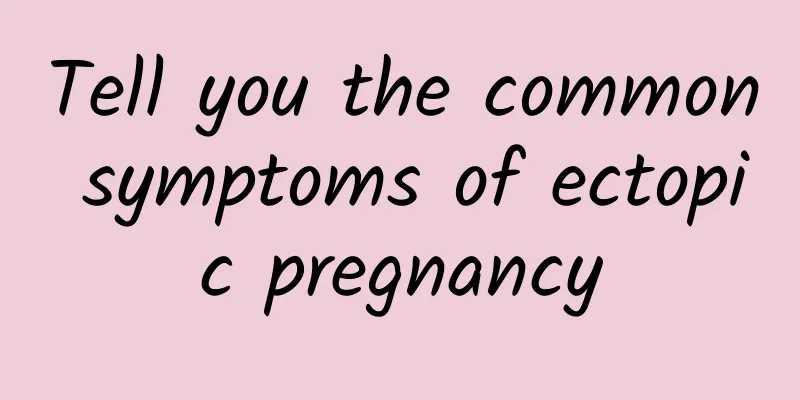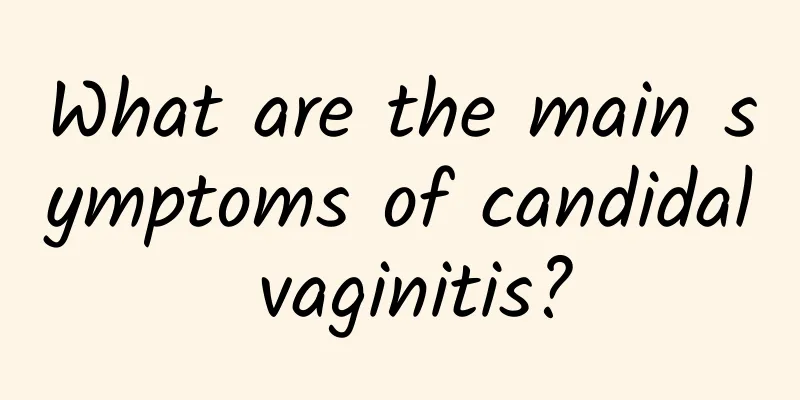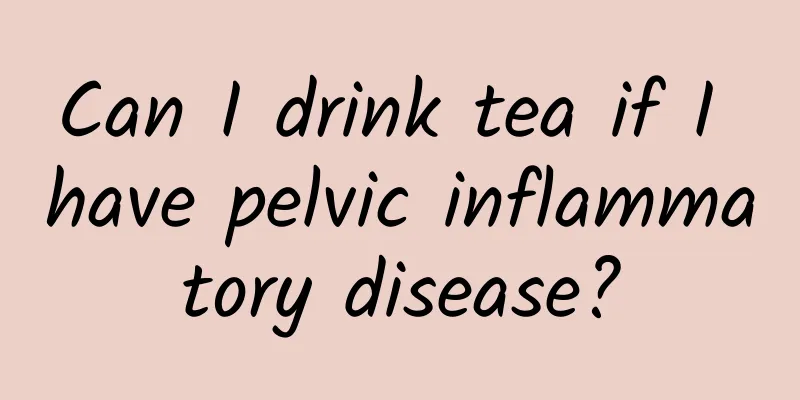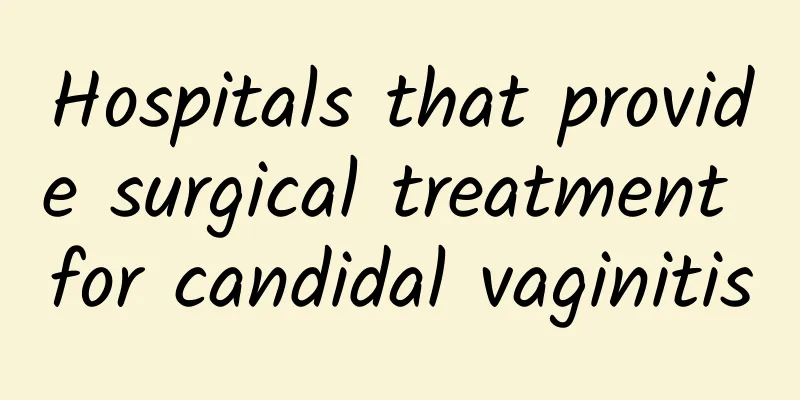Five common treatments for adnexitis

|
The high incidence of gynecological diseases has always been a great source of distress for female friends, and it is easy to recur, which is really regrettable. Adnexitis is also a relatively common gynecological disease, and its incidence rate in life is no less than that of vaginitis. This disease refers to the inflammation of the fallopian tubes and ovaries. Severe cases may lead to infertility, so active treatment is necessary. The following introduces five common treatment methods for adnexitis. 1. Antibiotic treatment: For patients with obvious symptoms, antibiotics should be used first. Antibiotics can kill the remaining pathogenic bacteria and prevent their acute attacks. Commonly used drugs are still penicillin, gentamicin, metronidazole, etc., and the usage is the same as that of acute salpingo-oophoritis and pelvic peritonitis. 2. Tissue therapy: such as placental tissue fluid, placental globulin, intramuscular injection, once a day or every other day, 15 times as a course of treatment. 3. Physical therapy: benign warm stimulation can promote pelvic blood circulation, improve the nutritional status of local tissues, and facilitate the absorption and disappearance of inflammation. Commonly used physical therapies include shortwave, ultrashortwave, infrared, audio, ion penetration, etc. However, physical therapy should not be used when the body temperature exceeds 37.5℃ or when suffering from genital tuberculosis. 4. Other drug treatments: For tubal obstruction caused by chronic salpingitis, intrauterine injection can be performed. Use 160,000 units of gentamicin, 5 mg of α-chymotrypsin, and 5 mg of dexamethasone, dilute with 20 ml of normal saline, and inject into the intrauterine cavity after strict disinfection of the vulva, vagina, and cervix. Start 3 days after the end of menstruation, inject once every 2 days, and end before ovulation. Continuous treatment for 3 cycles is possible. 5. Surgical treatment: For large hydrosalpinx or tubo-ovarian cysts caused by inflammation, surgical treatment is feasible. For infertility caused by tubal obstruction, tubal repair surgery is feasible. For chronic tubo-oophoritis and pelvic peritonitis with repeated acute attacks, when drug treatment is not satisfactory and the patient is deeply distressed, and the patient is older, surgical treatment can also be considered. In addition to actively receiving treatment, patients with adnexitis should also pay attention to daily care to reduce the chance of recurrence. Pay attention to menstrual care, physiological hygiene is very important to prevent bacterial infection. Pay attention to your diet in daily life to prevent it before it happens and achieve twice the result with half the effort. If you feel unwell, go to the hospital for a follow-up visit at any time. |
<<: What is the best treatment for chronic cervicitis?
>>: How to prevent dysmenorrhea during menstruation
Recommend
How should patients with Bartholinitis use medication during treatment?
What should patients with Bartholinitis use durin...
Why does breast pain occur before menstruation?
Breast pain is a very common phenomenon in women....
What should I do if I find uterine fibroids during pregnancy? Do I need to remove my uterus for uterine fibroids?
Ms. Xiao is 30 years old, married for 3 years, an...
Abortion surgery review examination items
Abortion is common. If women do not want to have ...
Does endometrial tuberculosis require oral medication?
Clinically, the incidence of endometrial tubercul...
There are three main causes of pelvic inflammatory disease:
Pelvic inflammatory disease is a disease that fem...
Classification and symptoms of cervicitis
Cervicitis is a common disease among women of chi...
Overview of Hyperprolactinemia
Hyperprolactinemia, also known as hyperprolactine...
Can menstrual disorders be regulated?
Can menstrual disorders be regulated? Under norma...
How to treat menopausal syndrome?
How to treat menopausal syndrome? 1. Menopausal s...
Plastic surgery before development: unpredictable sequelae
According to the Chosun Ilbo, influenced by newsp...
Experts explain common symptoms of mild cervical erosion
Clinically, the symptoms of mild cervical erosion...
Eat eggs and milk after exercise to fight hunger! Drink this cup 1 hour after exercise to help burn fat
For those who want to lose weight, exercise is an...
Two diagnostic methods for cervical precancerous lesions
What are the methods for diagnosing early cervica...
Lower abdominal pain may also be an early symptom of ectopic pregnancy
Ectopic pregnancy is common in many pregnant wome...









